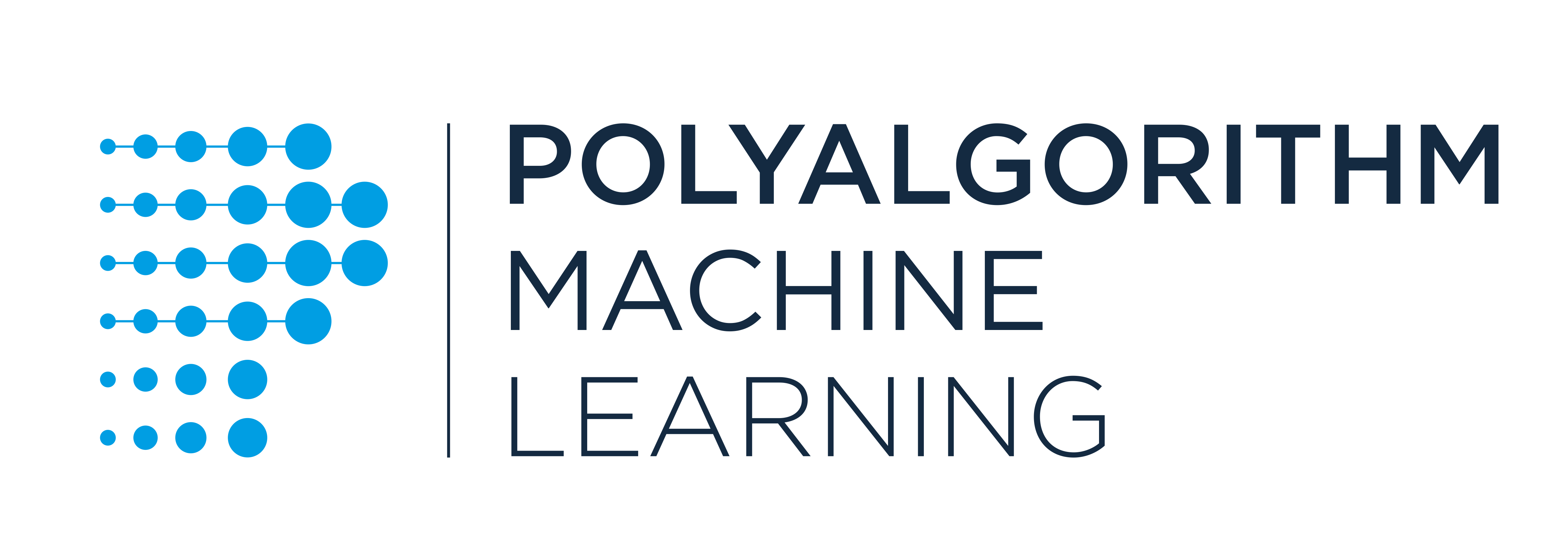With Fiins AI, users can identify the most important variables or features
Fiins AI novel technology is applied to complex datasets with many variables, allowing users to unlock previously inaccessible insights.
The Fiins AI technique of mining new insights allows clients to generate predictive models that are both interpretable and highly accurate.
Interpretability matters. Without it, AI/ML models cannot meet the needs of different explainability audiences.
Fiins AI Solutions
The Fiins platform incorporates a suite of products to support different analytic problems including feature engineering, feature optimization, negative controls, scenarios analysis, relative feature cost, minimal models, and proxy analysis.
Clara 57
PolyML’s own implementation of machine learning algorithms for classification or regression. These algorithms are essential building blocks of the Fiins platform, and may be useful on their own for addressing specific customer problems.
Very Few Events
PolyML has created and productized a technique to extract the best information from problems where one class has very few instances (e.g. very rare events like earthquakes, reaction meltdowns, very rare diseases). This product addresses a common problem in data.
Analysis of Causality
The ability to identify Causal relationships directly from data – constitutes the novel technology at the core of Fiins AI, which can be put to use in a variety of ways for modelling, policy and use by subject matter experts.
Fully Interpretable, Minimal Models
Fiins AI identification of the most important features, as they relate to a target, enables the development of interpretable models (i.e. models are developed based on the given features) and minimal (i.e. very few features)
Unlocking Value from Complex Datasets
Fiins AI can perform feature-importance insights and analysis of causality from extremely large and heavily featured datasets, including those with hundreds of thousands of features and time series data.


